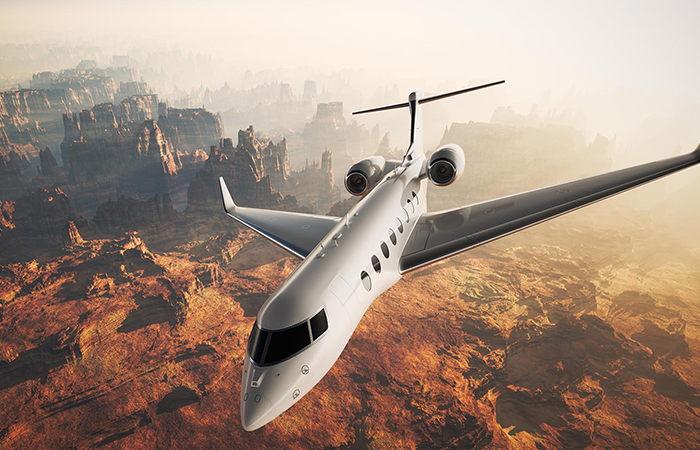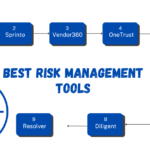The image of private aviation often centers on sleek aircraft, luxury cabins, and high-profile passengers. But behind the refined exterior is a highly skilled, multifaceted workforce that powers every private jet flight from takeoff to touchdown. While pilots and flight attendants might be the most visible faces of this industry, they are supported by an entire ecosystem of professionals who ensure safety, precision, and exceptional service.
In this article, we shine a spotlight on the unsung heroes of private jet charter operations—the ground teams, technicians, dispatchers, and aviation specialists who work around the clock to deliver seamless air travel. From the flight planners crafting optimized routes to the engineers fine-tuning jet engines, these experts are the foundation upon which the elegance of private aviation is built.
1. The Ground Crew: Every Flight Begins on the Tarmac
Before a jet ever lifts off, a highly coordinated process unfolds on the ground. The ground handling crew is responsible for aircraft movements, fueling, towing, de-icing, and more—all with strict adherence to safety protocols, especially important for larger operations like a heavy jet charter.
A. Ramp Agents and Line Service Technicians
- These professionals handle aircraft marshalling, refueling, and luggage loading.
- They ensure aircraft are positioned correctly and safely on the ramp and that passengers are escorted to and from the aircraft.
- Winter operations demand anti-icing and de-icing procedures, crucial for flight safety.
B. Fuel Specialists
- Jet fuel quality and accurate load measurement are critical for performance and balance.
- Fueling staff operate with precise calibration systems, logging every liter for regulatory and operational records.
This team acts as the operational backbone of each flight, often working in extreme weather and tight windows.
2. Maintenance and Engineering: Safety in Every Detail
Private jet maintenance is conducted to meticulous standards, typically exceeding those mandated for commercial aviation. This is due in part to aircraft diversity and individual owner preferences.
A. Aircraft Maintenance Technicians (AMTs)
- These FAA-certified professionals are trained on specific aircraft types, from Learjets to Gulfstreams.
- They inspect, troubleshoot, and repair everything from hydraulic systems to avionics suites.
- Maintenance is either line-based (pre/post-flight checks) or scheduled heavy maintenance, including disassembly.
B. Avionics and Interior Specialists
- Avionics experts install and calibrate navigation, communication, and autopilot systems.
- Interior teams maintain or refurbish luxury cabins, often customizing seats, lighting, and in-flight entertainment.
Together, these technicians ensure aircraft are both airworthy and immaculate.
3. Dispatchers and Flight Planners: Masters of Coordination
No flight leaves the runway without the coordination of a licensed flight dispatcher, who is responsible for ensuring that a flight is safe, efficient, and compliant.
A. Route Optimization and Airspace Management
- Dispatchers analyze weather, NOTAMs, air traffic, and airport availability.
- They select optimal routes that minimize turbulence, reduce fuel costs, and comply with international regulations.
B. Compliance and Documentation
- Flight plans must meet ICAO and FAA standards, including alternates and contingency protocols.
- Dispatchers work closely with regulatory agencies to ensure overflight permits and customs clearances are obtained.
Their oversight is continuous—they monitor flights in real-time, adjusting routes and timelines as needed.
4. The Cabin Crew: More Than In-Flight Service
While cabin crew in commercial airlines are often associated with meal service, those in private jet charter operations wear many more hats.
A. Trained Safety Professionals
- Private flight attendants undergo rigorous emergency training, first aid certification, and aircraft-specific safety protocols.
- They manage evacuation drills, fire response, and turbulence procedures.
B. Personalized Hospitality
- Beyond safety, they curate the entire inflight experience—from bespoke catering and onboard décor to entertainment preferences.
- Many are multilingual and trained in fine dining presentation and etiquette.
Cabin crew are often the only human interaction clients have during the flight, making them the face of the experience.
5. Operations Management: The Brain of the Charter Service
Behind every flight is an operations control center that juggles a multitude of variables, ensuring aircraft, crew, and services are perfectly aligned.
A. Charter Sales and Client Relations
- Specialists handle client inquiries, bookings, and customization requests.
- They coordinate with the operations team to align expectations with available resources.
B. Crew Scheduling and Duty Management
- Operations personnel ensure pilots and attendants comply with duty time regulations, rest periods, and currency.
- Logistics teams coordinate accommodation, transport, and briefings for traveling crew.
This department functions like mission control, orchestrating a smooth journey from behind the scenes.
6. Aviation Meteorologists: Predicting the Skies
In private aviation, weather forecasting isn’t just a precaution—it’s a proactive measure. Meteorologists provide real-time data to mitigate risk and enhance passenger comfort.
A. Custom Reports for Each Flight
- Forecasts include wind shear, turbulence, icing, and visibility conditions.
- Personalized forecasts enable dispatchers and pilots to select smoother altitudes or alternate airports.
This role enhances safety and supports a more comfortable ride.
7. Security, Privacy, and Protocol Experts
Especially for high-profile passengers, discretion and protection are integral to the private aviation promise.
A. Ground and In-Flight Security
- Specialists assess passenger risk profiles and destination threat levels.
- Aircraft may be accompanied by security escorts or surveillance teams, when required.
B. Confidentiality Compliance
- Client names, travel details, and cargo are handled with the utmost confidentiality.
- Non-disclosure agreements and privacy frameworks are standard within elite charter operators.
This invisible network ensures every journey remains secure, smooth, and confidential.
8. Brand Identity Carried by Every Role
Companies like Bitlux rely on this hidden workforce not only for functionality but for maintaining brand excellence. Whether it’s a fuel technician ensuring exact load or a flight attendant delivering a signature cocktail, each interaction reflects the provider’s core values.
Bitlux’s model places equal emphasis on operational precision and elevated experience, and this can only be achieved through a workforce that understands the impact of every detail.
Final Thoughts: A Symphony of Specialists
The next time a private jet lifts into the sky with a handful of passengers and a whisper of engines, consider the orchestra of talent it took to make that moment possible. From pre-dawn fueling sessions to late-night weather analysis, the success of a private charter depends on dozens—sometimes hundreds—of synchronized professionals.
This workforce may be largely unseen, but its value is immeasurable. As private jet travel continues to grow in popularity and sophistication, so too does the demand for the excellence, dedication, and quiet mastery that powers it from the shadows.
The luxury of private aviation is not just built into the seat design or the route flexibility—it lives in the hearts and hands of the people who make each journey safe, elegant, and unforgettable.

















